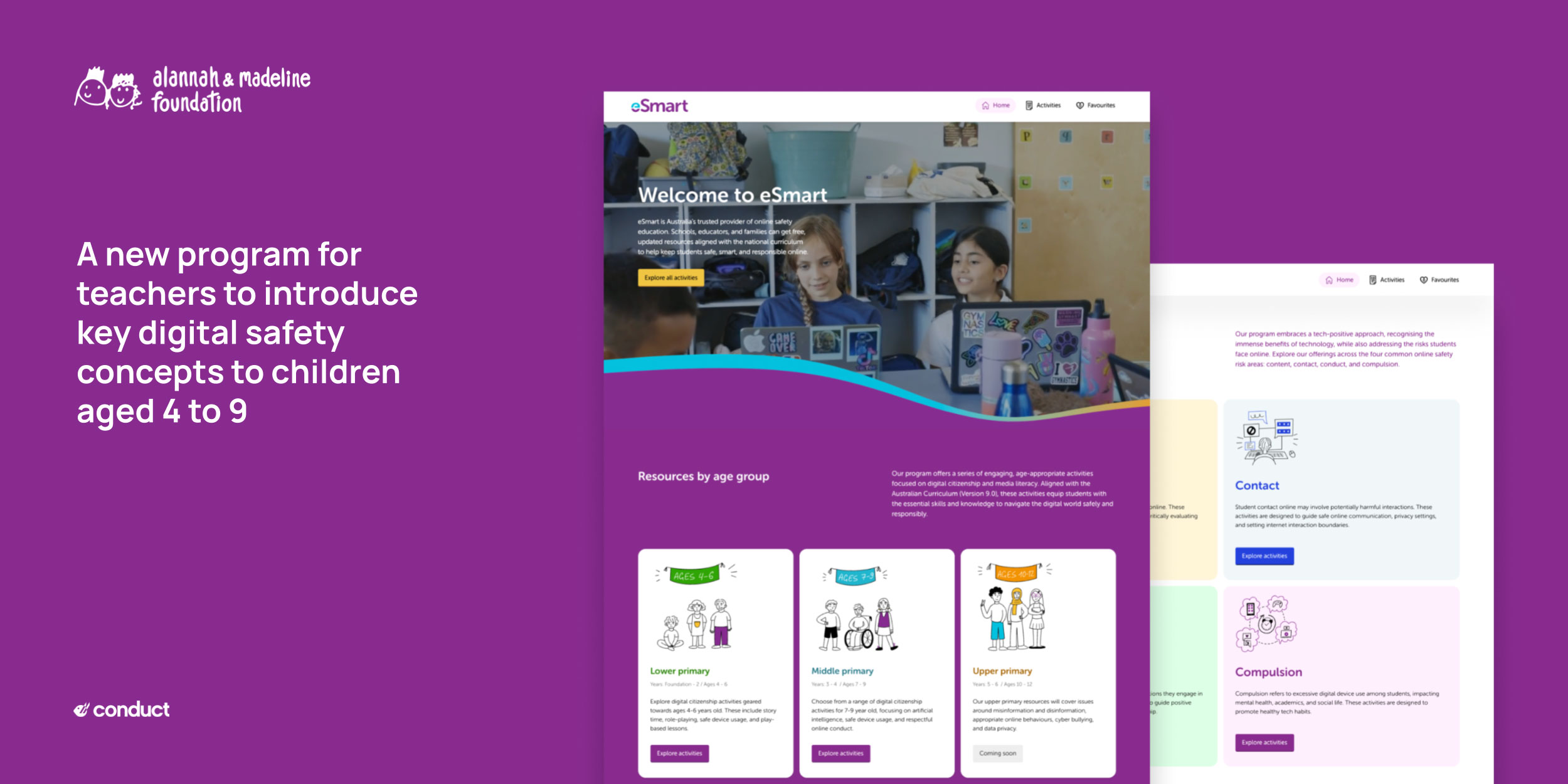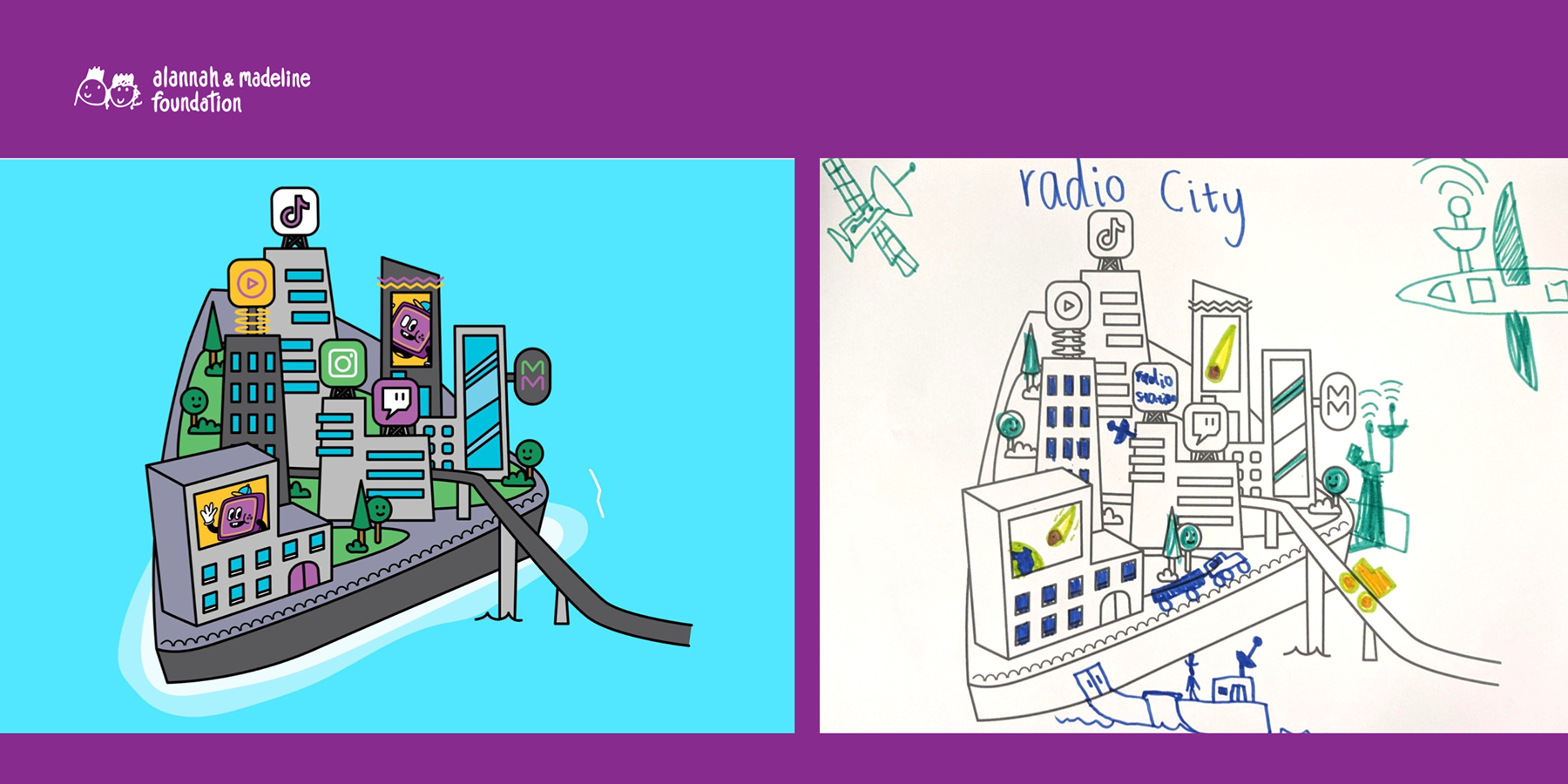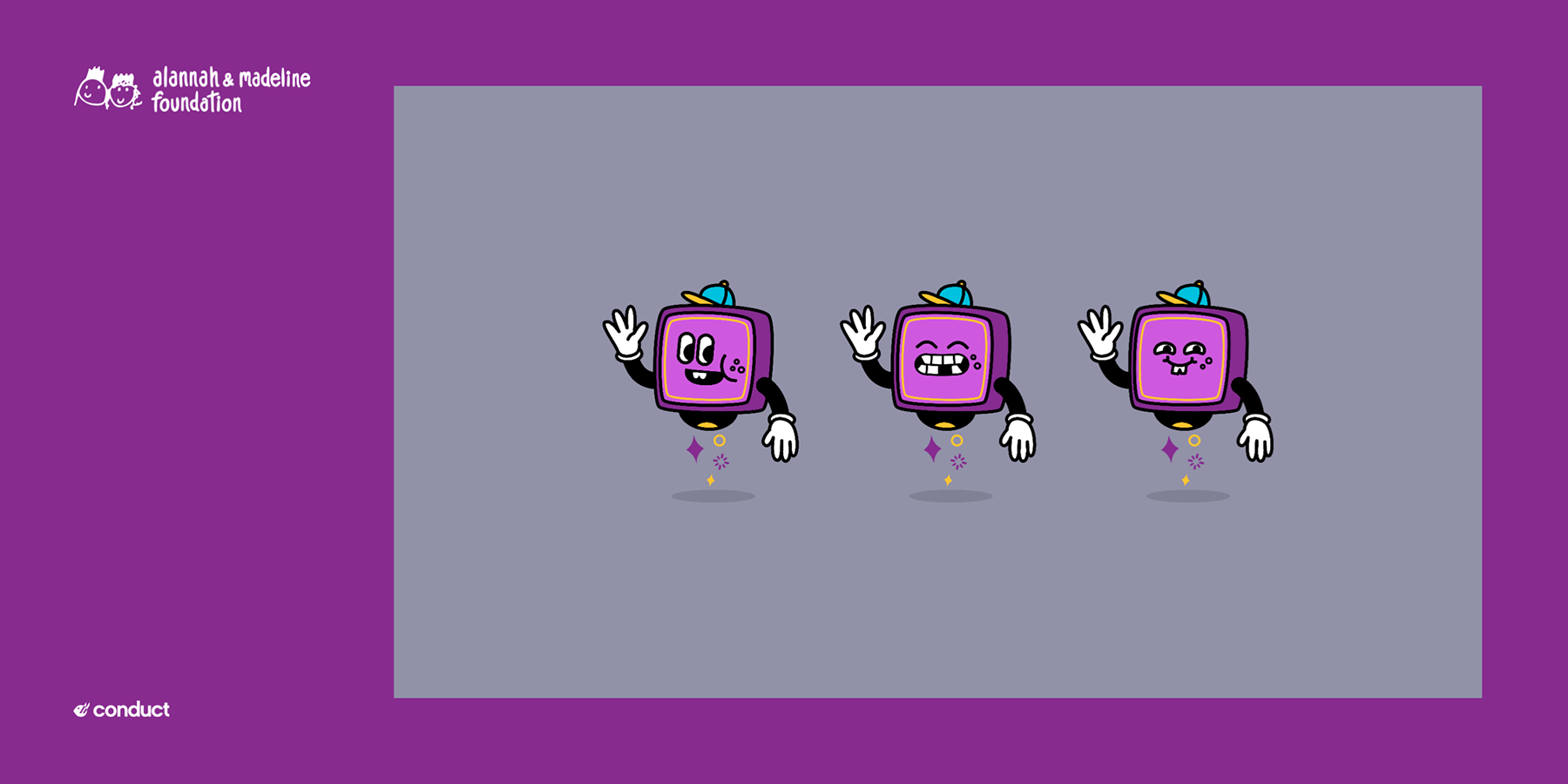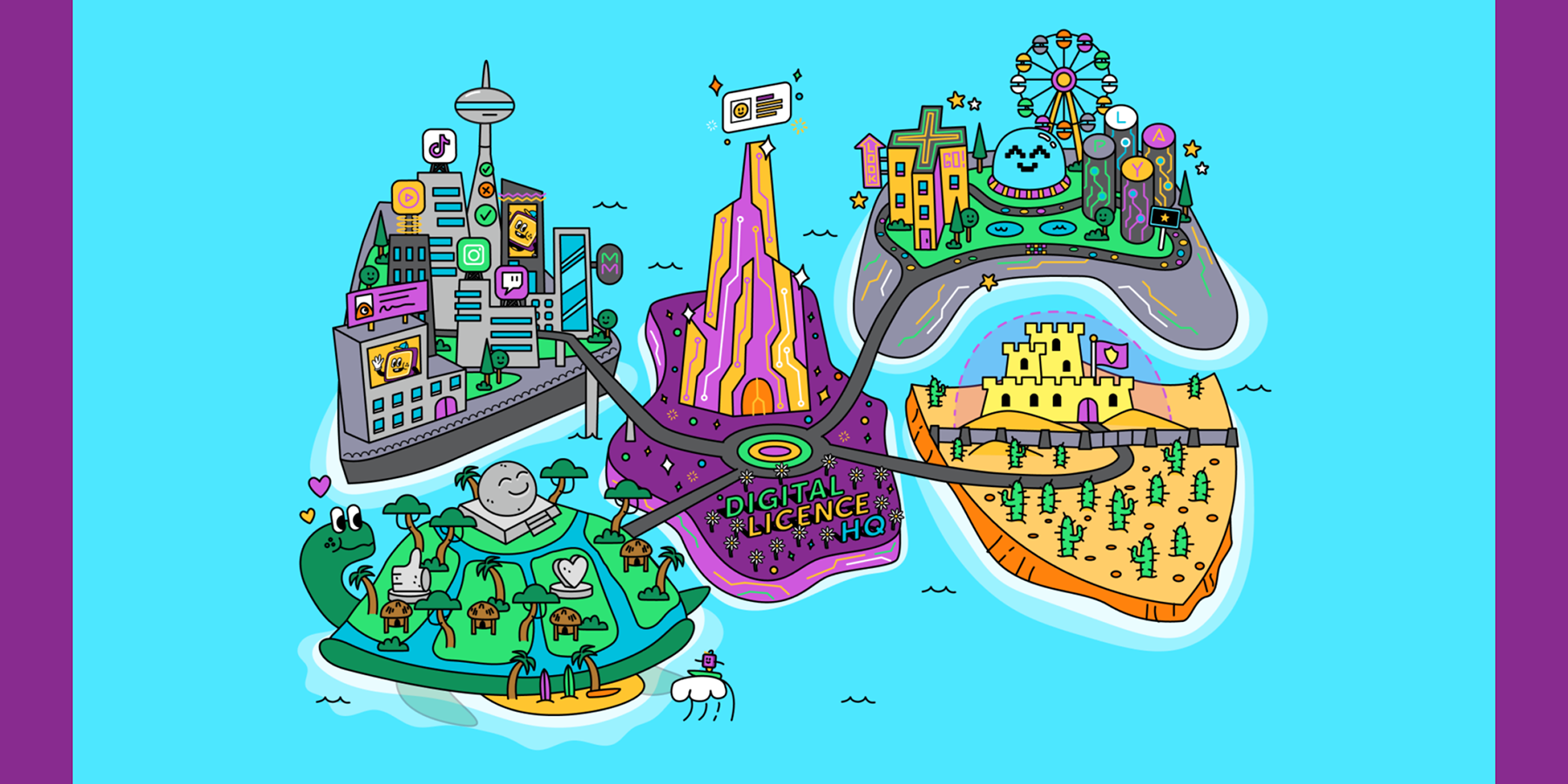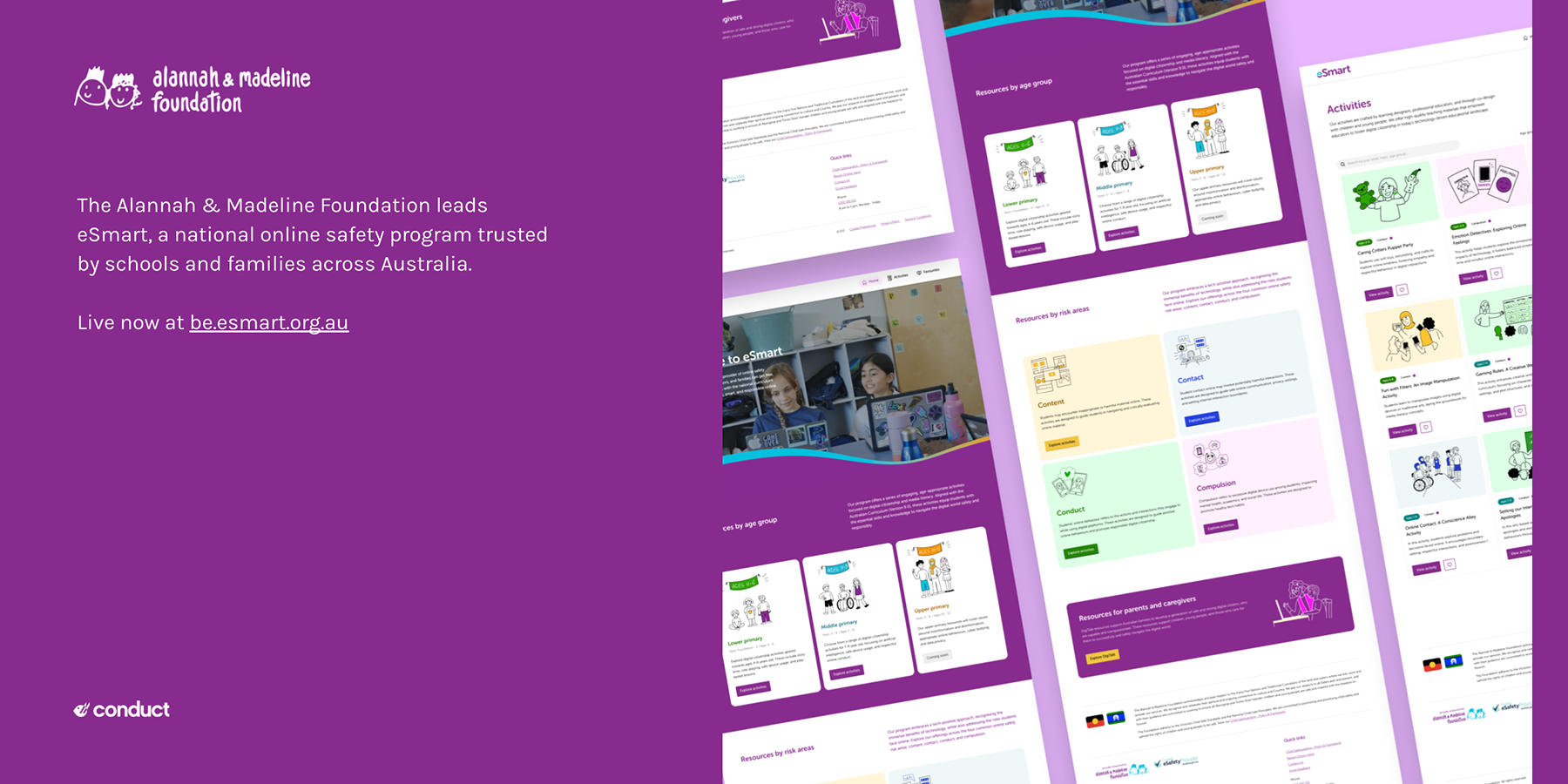We started by listening to teachers. In workshops with educators from schools across Victoria, a clear theme emerged: simplicity matters. Teachers wanted materials they could trust, adapt and pick up without extra training. They needed something that would support their style, not override it. In response, we designed the experience and creative content side by side.
Conduct explored structure and usability through a working prototype built in Webflow. This allowed us to test and refine quickly. At the same time, Bubbleship worked with AMF’s early years learning specialists to build a narrative world that felt right for younger students. The concept of four themed “islands” gave the program a simple structure, aligned with the Foundation’s 4Cs framework—Content, Contact, Conduct and Compulsion. Each island includes a downloadable lesson pack with printed maps, QR-linked videos and teacher prompts that help guide discussion and activity.
Students move through the journey in class, using storytelling, colouring and conversation. Their goal is to reach “Digital Licence HQ” and earn their certificate and celebrate a moment of recognition that feels like an achievement. Language and visuals were shaped by early learning experts, then tested with real students to make sure everything landed clearly. We designed characters and scripts that children could connect with and built in playful progression markers to keep them engaged. Webflow allowed for fast updates and helped us meet federal timelines without cutting corners on design.
A lightweight feedback form connects directly with AMF’s systems, so teachers can share insights without adding to their workload. The program is designed to grow. The rich library of adaptable assets can be reused across new campaigns or programs. It’s a classroom-friendly experience with room to evolve. Its practical, joyful and built to support the people delivering it.

